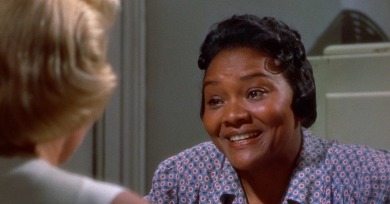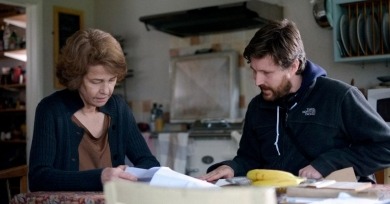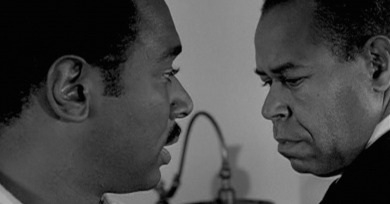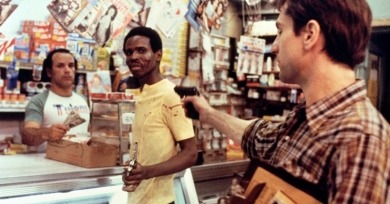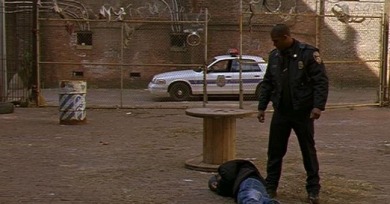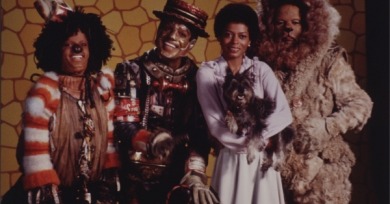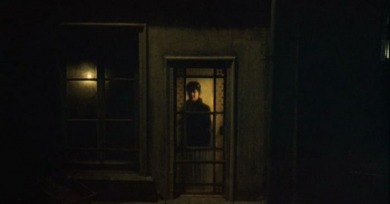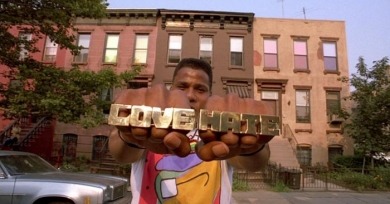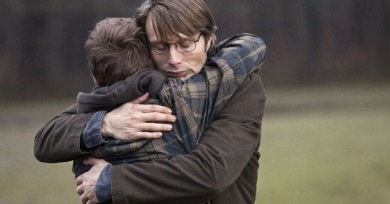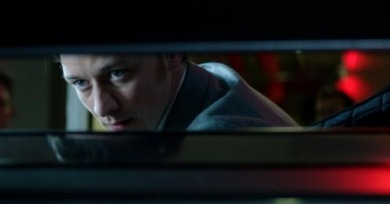Ashley Clark
Two writers connect over wildly disparate movies that nevertheless give each of them that wisful parental pull. Read about the mothers and fathers of Locke and Imitation of Life.
The core Gondrian theme of creative escape from deep-set melancholy reappears in his latest feature, Microbe and Gasoline, a sweet and funny, but ultimately downbeat road movie.
“When we do have representations of older people onscreen, it’s usually for comic, rather than dramatic effect. There’s a notion that once you get past 60, you stop thinking, and stop trying to evolve. This film is about two people still dealing with their choices and feeling that there are more choices they can make.”
Roemer and Young populate Nothing But a Man’s frame with one finely wrought close-up after another, in which characters—whether it’s Josie’s unctuous father, quietly ashamed to be branded an Uncle Tom by Duff; or Duff’s own pickled, near-vagrant father, experiencing a slow death of the soul—cannot hide their feelings.
Following 2013’s listless Oldboy, Da Sweet Blood of Jesus is Spike Lee’s second consecutive remake, following a nearly three-decade career during which he’s avoided them altogether. It is, narratively speaking, a largely faithful cover version of Bill Gunn’s 1973 cult horror film Ganja and Hess.
“What do you do when you have a need that your partner finds repellent? Who is compromising? You giving into that person and performing these acts for them? Or you not performing them and the other person suppressing their own desires to make you happy? Who’s suffering the most?”
In order to amplify Bickle’s tortured psyche and intimate his prejudices without verbalizing them, Scorsese consistently traffics in images of black males as hostile beings, perhaps in part to put his own spin on the urban landscape routinely depicted in the blaxploitation films of the early 1970s.
Despite The Wire’s density, it is rarely difficult to follow, yet—crucially—the dialogue remains free of clunky exposition. The logical conclusion to draw from this is that The Wire is a fine example of pure visual storytelling, which is surely a key facet of both successful television and cinema.
Scorsese and Lumet, making the first and only movie musicals of their respective careers, would use the genre as a lens through which to present lively, fantastical, and critical takes on the city both men called home.
A Few Great Pumpkins
The Tenant; Burn, Witch, Burn; Tourist Trap; Trilogy of Terror; Ganja and Hess; Dead of Night; The Blair Witch Project
Within the strict temporal and location confines of Do the Right Thing lies a work concerned with tackling the biggest of American themes—race relations, ambition, urban survival, economics, violence, and liberty—on a microcosmic scale.
When one school employee remarks, “I don’t think anyone here is in doubt as to what Lucas has done,” despite a complete lack of evidence, the viewer similarly must be in no doubt as to what Vinterberg has done: he has rigged the game . . .
Boyle has claimed, harking back to the voiceover at the beginning of Edinburgh-set Shallow Grave (“This could be any city—they’re all the same”), that he wanted his London to be mythic and anonymous, and to a large extent he succeeds.
